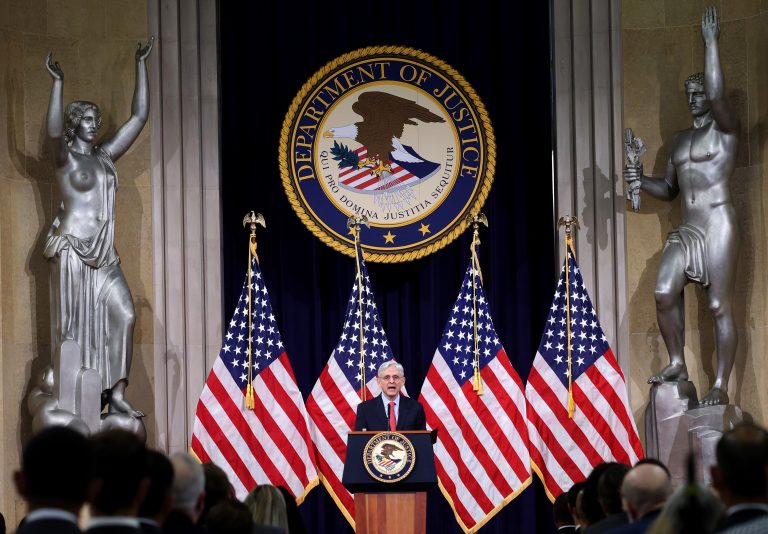On June 15, the Biden administration introduced plans to address domestic terrorism in the U.S. with a policy titled “National Strategy For Countering Domestic Terrorism” which seeks to address the threat with increased law-enforcement funding, the promotion of civic education and improved digital literacy.
“It is critical that we condemn and confront domestic terrorism regardless of the particular ideology that motivates individuals to violence,” the policy reads.
The document states that domestic violent extremists (DVEs) are motivated by a wide range of ideologies and “pose a threat to the Homeland in 2021.”
Claims of fraud in the recent general election, the breach of the U.S. Capitol and the COVID-19 pandemic coupled with conspiracy theories are said to “almost certainly spur some DVEs to try to engage in violence this year.”
The 32-page document defines “domestic terrorism” as “activities that involve acts dangerous to human life that are a violation of the criminal laws of the United States or of any State; appear to be intended to intimidate or coerce a civilian population, to influence the policy of a government by intimidation or coercion, or to affect the conduct of a government by mass destruction, assassination, or kidnapping; and occur primarily within the territorial jurisdiction of the United States.”
Success
You are now signed up for our newsletter
Success
Check your email to complete sign up
Enhancing domestic terrorism-related research and analysis, illuminating transnational aspects of domestic terrorism, preventing domestic terrorism recruitment and mobilization to violence and disrupting and deterring domestic terrorism activities are key pillars of the policy.
Funding the police
While many in the U.S. are calling for the defunding of local police, this policy seeks increased funding for the Justice Department and the Federal Bureau of Investigation (FBI).
“All Americans deserve federal, state, local, tribal, and territorial law enforcement that approach their critical tasks without any racial bias or any other biases.” reads the policy.
Proponents for defunding the police were successful in many communities in 2020 but not all. $840-million in direct cuts to local police forces were realized while 26 major cities experienced an increase in police funding.
The policy strives to build community and to address domestic terrorism by ensuring “critical partners” have the resources required to counter the threat. This includes, “state, local, tribal, and territorial governments.”
BLM and Antifa absent from policy
The policy focuses on acts by political extremists, particularly those motivated by the right wing.
It references historical terrorist groups like the Klu Klux Klan as well as terrorist acts like the Oklahoma City Bombing in which 168 people — including 19 children — were killed.
U.S. intelligence agencies’ reporting indicates that white supremacists and anti-government militia extremists pose the most pressing threat to domestic security.
No mention is made of Black Lives Matter (BLM), the Marxist-inspired organization that played a role in large scale riots across the U.S. that caused millions of dollars in damage last year.
The Insurance Information Institute (III) has stated that since May 26, 2020, riots associated with the death of George Floyd have cost insurers, and their clients, upwards of 1-billion dollars, a cost that is expected to climb. The III has labeled the riots as “the costliest civil disorder in U.S. history.”
In comparison, the Jan. 6 insurrection resulted in under 1.5 million in damages.
A strategy to protect law enforcement officers, some of the first responders combating domestic terrorism, is absent from the policy as well. Casualties amongst police officers skyrocketed over the past few years primarily due to BLM riots. One hundred and thirty-two officers were injured in 2020 during a single riot in Chicago.
In New York, in June of 2020, close to four-hundred police officers were hurt during two weeks of riots over George Floyd’s death. Hundreds of others were injured in other communities and some lost their lives.
















